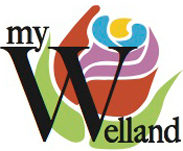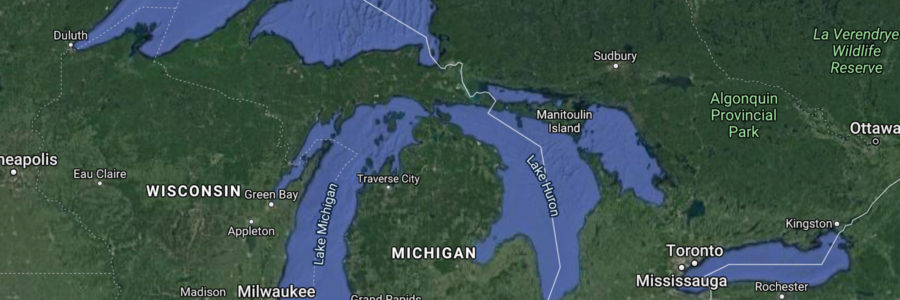Basement flooding, often resulting from snowmelt, intense rainfall events, and poor drainage, is a concern many of us have as springtime approaches. Basements are inherently prone to flooding because they are the lowest level in the home and are constructed below-grade. Flooding of these spaces is even possible during dry seasons, when sudden, heavy rainfall occurs. This year’s winter in the Niagara Region has been unpredictable, with a lot of snow accumulation seen within the last few weeks. This means that flooding this spring is possible, depending on how quickly the weather warms up and melts the existing snow.
We should always plan to reduce the related impacts from flooding. Having a wet spring and summer has the potential to change the dynamic of Lake Ontario and Lake Erie, as well. The five Great Lakes — Superior, Huron, Michigan, Erie and Ontario — are the largest freshwater system in the world, spanning a total surface area of 245,013 square kilometers and flowing gradually into the St. Lawrence River. This system moves a lot of water; even more so during the spring meltdown or a series of intense rainfalls like those that occurred in the spring of 2017. When excess water enters that system, flooding can then occur. It can either be localized or associated with a river or water system. An area of land that drains all of the streams and rainfall to a common outlet is known as a watershed. When too much water from smaller streams is drained into these interconnected lake systems, it leads to flooding of the riverine areas. In our region, small local watersheds all ultimately discharge into Lake Ontario, Lake Erie, or the Niagara River. The Great Lakes are considered a larger watershed consisting of all these smaller watersheds (including those of the other lakes). More snow around Lake Superior will gradually have an impact on our lakes here in Niagara.
Flooding can cause water damage to homes (including the foundation) and can also result in the contamination of homes from sewage or mud. There are many steps you can take at home to prevent your basement from flooding, however. The INTACT centre guide on flood-proofing your home lists many strategies that can be useful to prevent damage to your home.
Here are some examples of cost-effective flood protection measures:
- Clean out storm drains, eavestroughs and water valves of debris to allow for clear drainage and flow.
- Check for leaks in plumbing fixtures to prevent inside leaks.
- Test your sump pump to ensure it is working properly and have a back-up sump pump system in place.
- Install window well covers as well as water-resistant windows.
- Extend downspouts and sump pipes two meters away from the home’s foundation to prevent the possibility of flooding.
The researchers involved with the MEOPAR project are working to raise awareness about the impacts of climate change and how communities can effectively adapt and increase resilience to these changes. Follow along with our blog every week (written by researchers Liette Vasseur, Meredith Caspell, Bradley May, Sam Gauthier & Jocelyn Baker) to learn more about the project and how you can get involved. You can also visit our website at brocku.ca/unesco-chair or email us at meopar-lincoln@brocku.ca
Photo Caption: A google maps satellite image representing the five Great Lakes across Ontario and how they are all connected by a variety of water systems.
 Back to myNiagaraOnline
Back to myNiagaraOnline






















